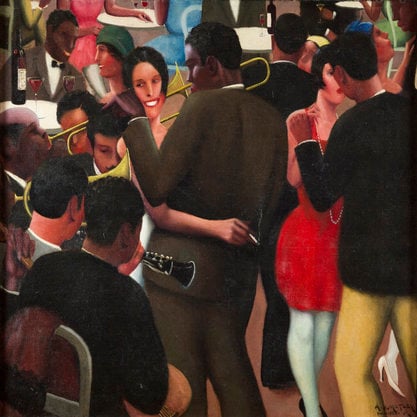Article
Jordan, Lawrence (1934--) By Gosse, Johanna
Article
Lawrence (Larry) Jordan has worked as an experimental filmmaker for the last six decades. Raised in Denver, Colorado, he attended high school with filmmaker Stan Brakhage and composer James Tenney. In the late 1950s he befriended artist Joseph Cornell, with whom he collaborated on a number of films. Jordan played a key role in the development of Bay Area film culture, as co-founder (with Bruce Conner) of the Bay Area’s first film society and first 16 mm experimental theater in 1958, and later as a founding member of Canyon Cinema. In total, he has made more than fifty films, both live action and animated, many in collaboration with other artists. However, he is best known for his animated cutouts of Victorian engravings, which reflect the influence of Cornell’s Wunderkammer-like boxes and Max Ernst’s collage novels. His surreal animations, such as Duo Concertantes (1964) and Our Lady of the Sphere (1969), range from the meditative to the whimsical and the uncanny, and often feature vintage costumes, exotic animals, floating objects, and magical landscapes. Jordan represents a strand of the post-war American avant-garde that looked back to early film history with sincere affection rather than irony, and attempted to recover the enchantment of cinema at the turn of the century.



